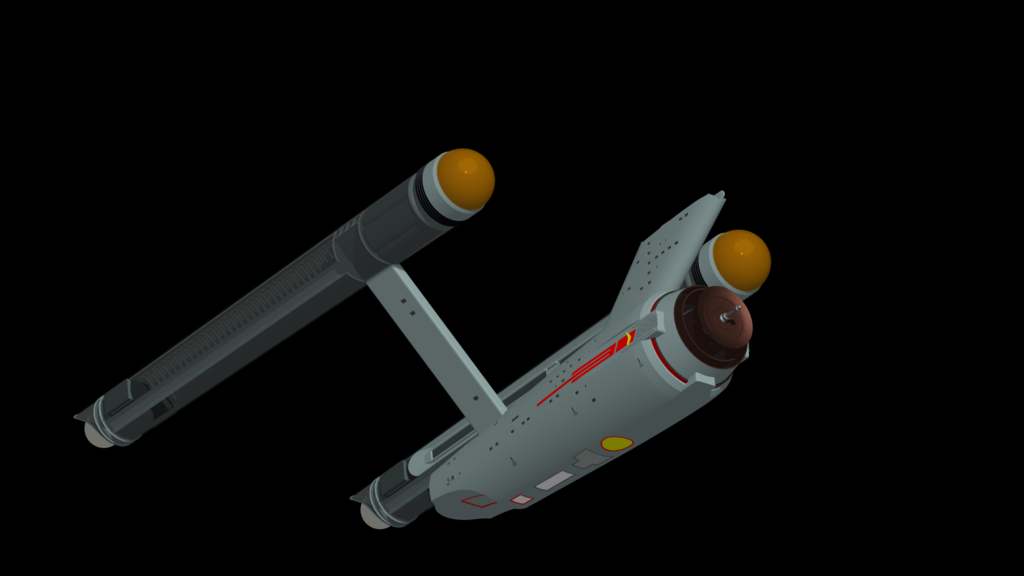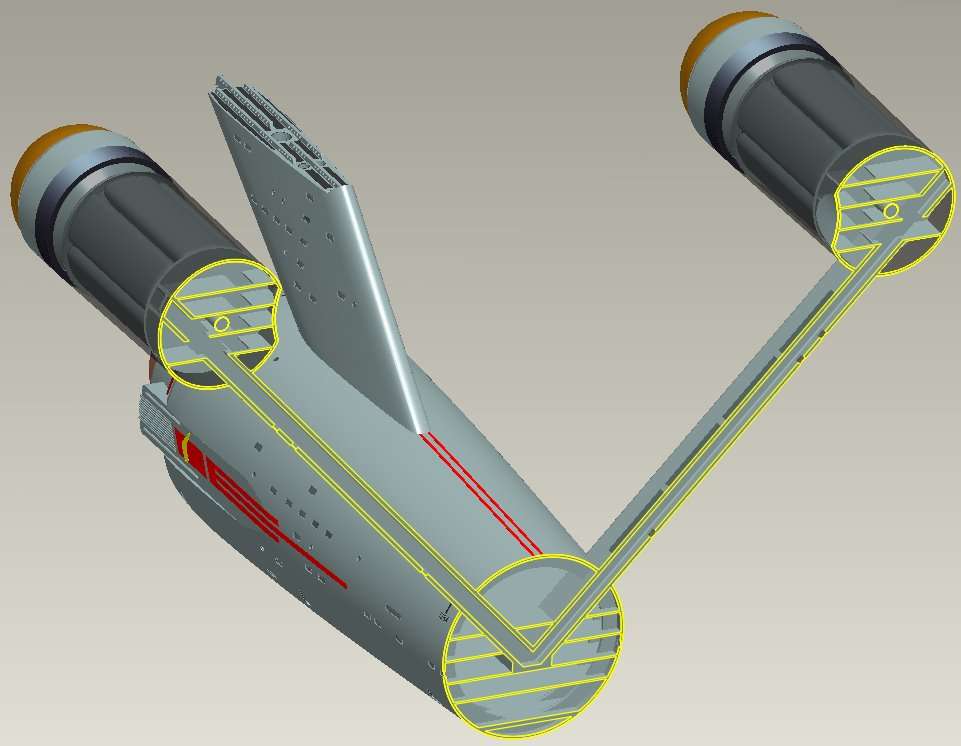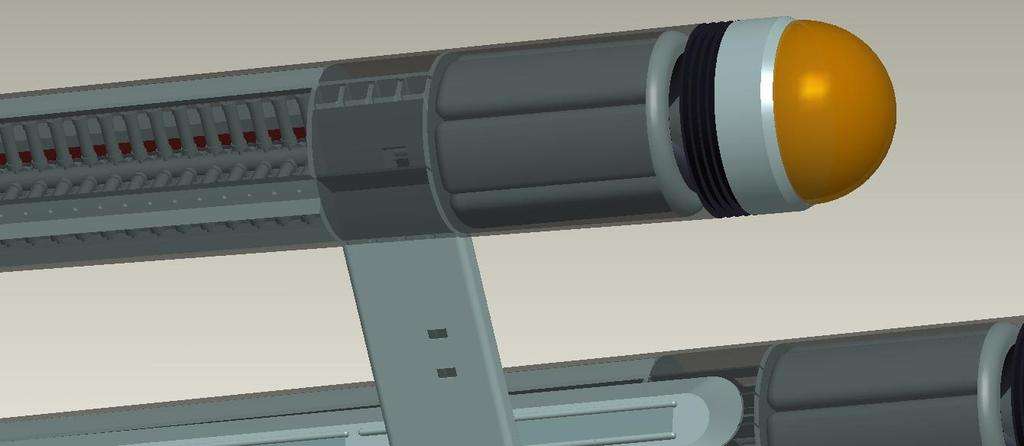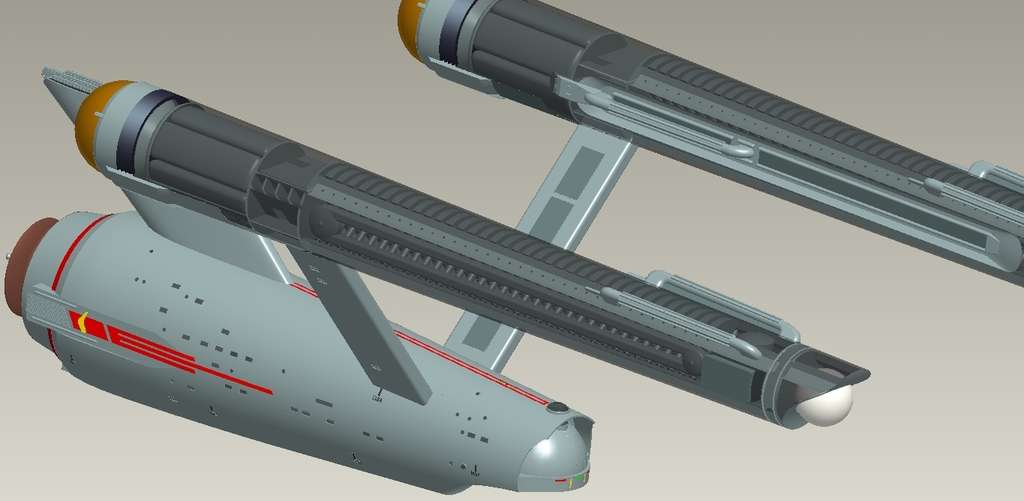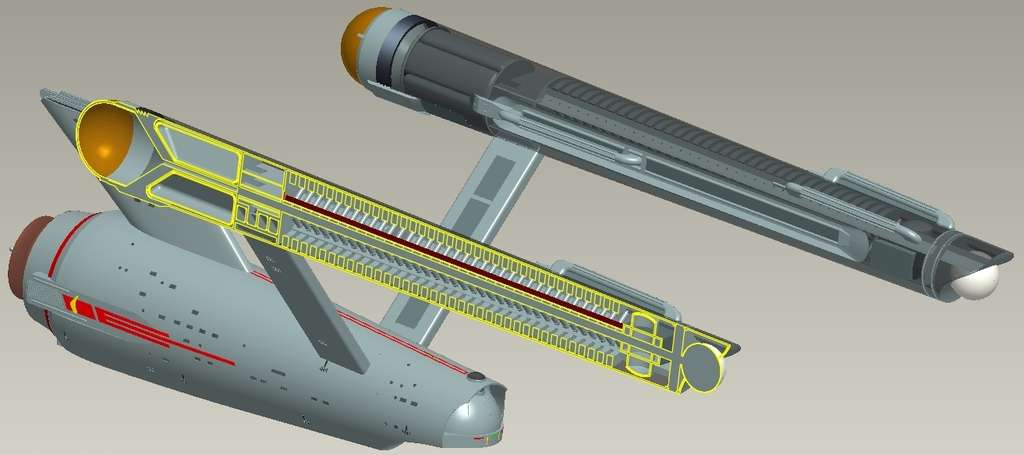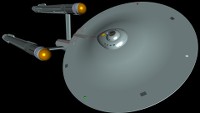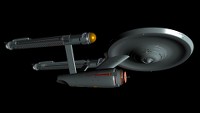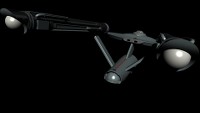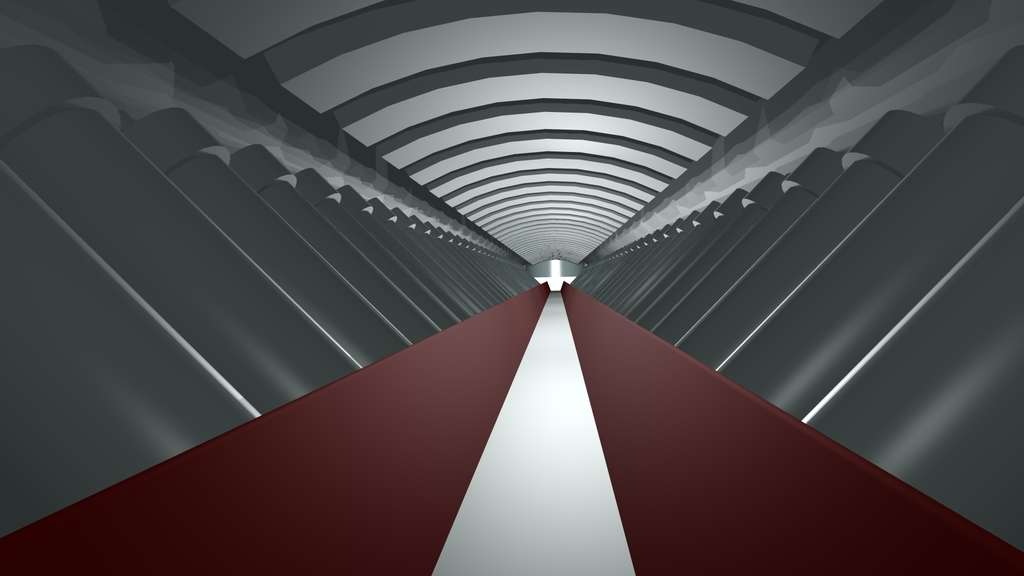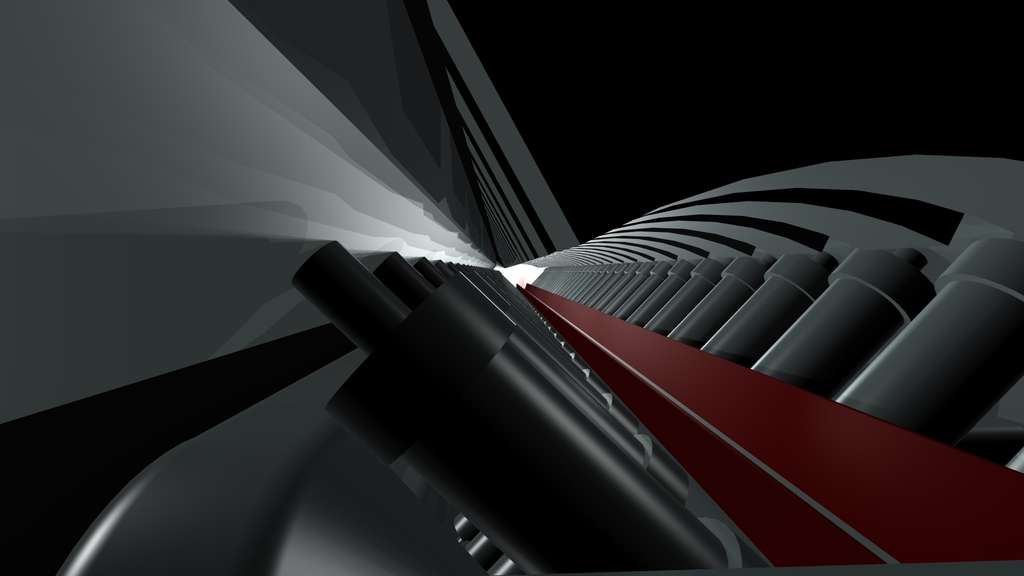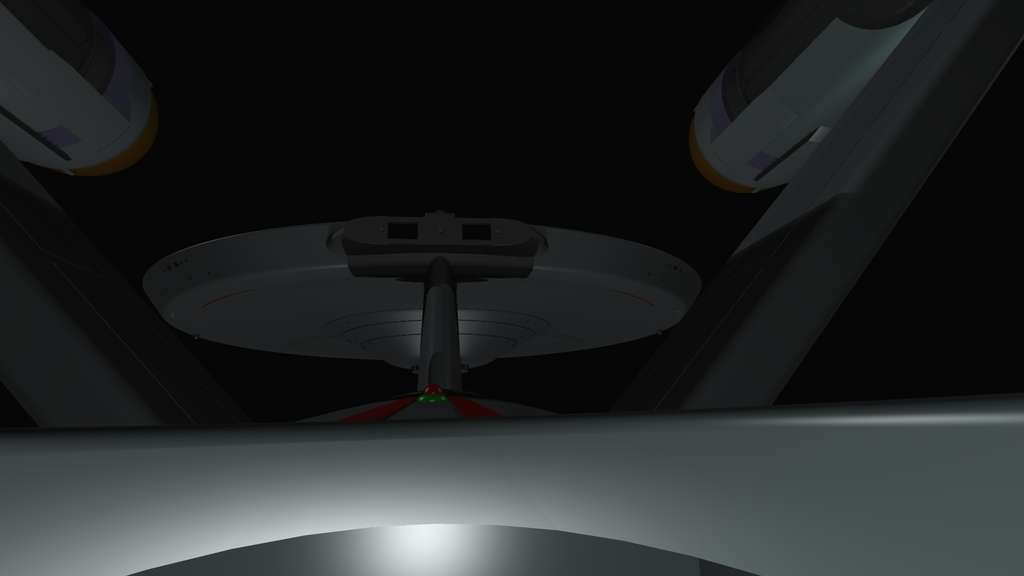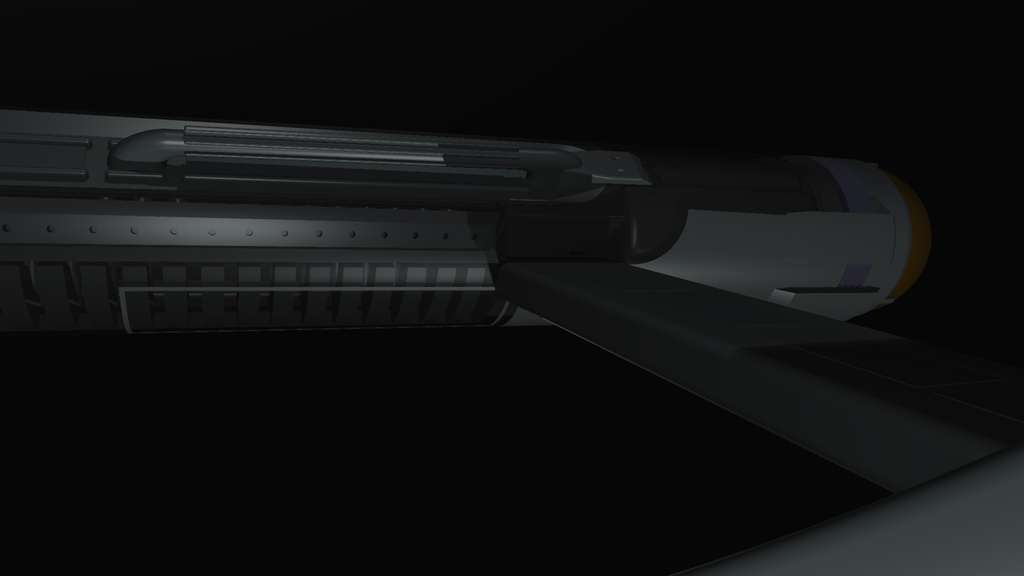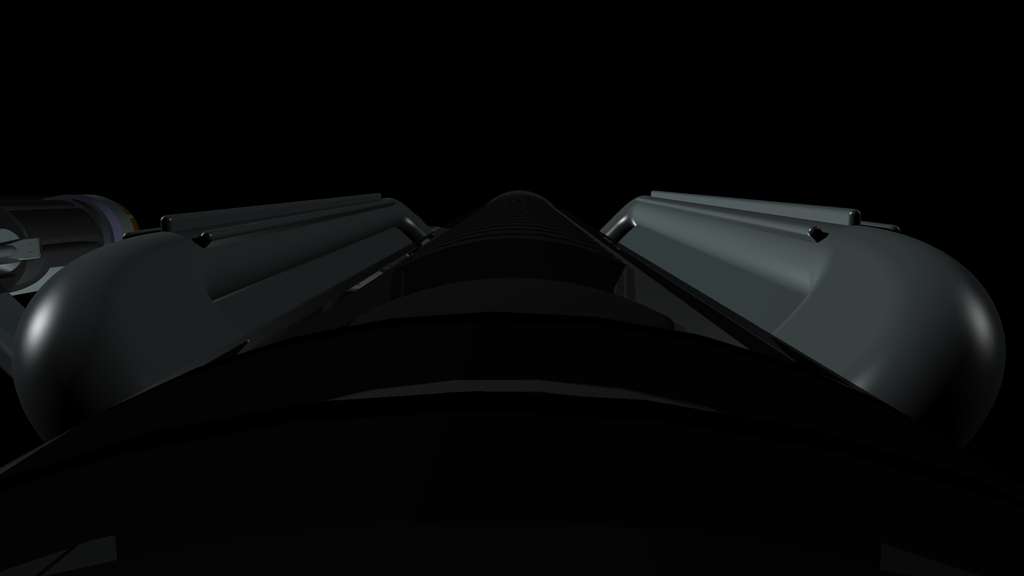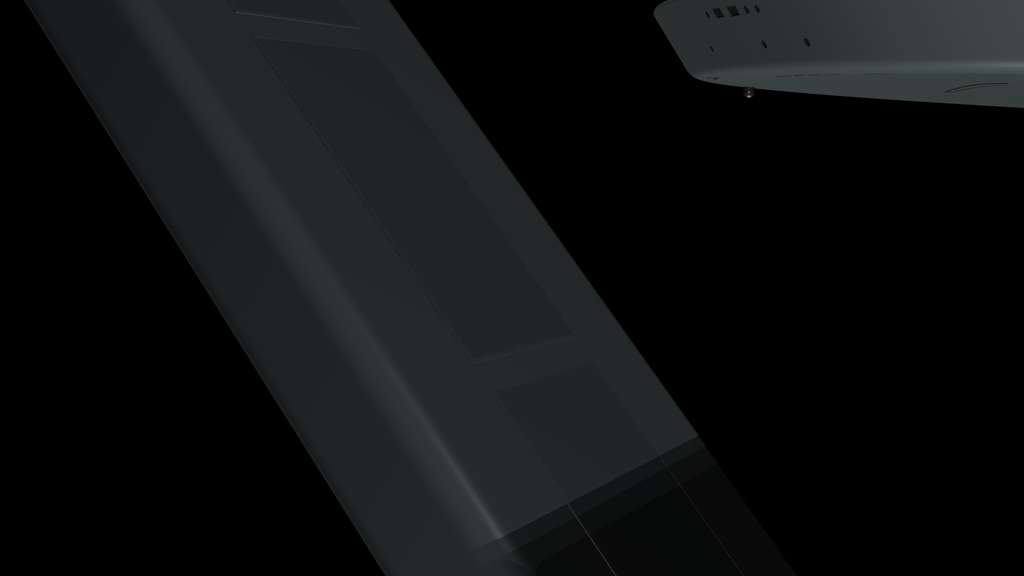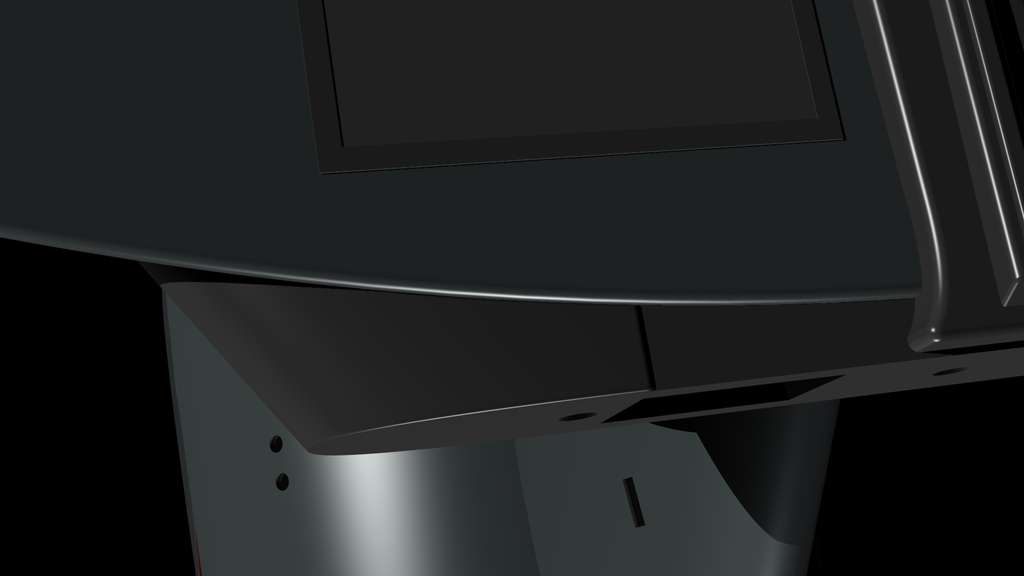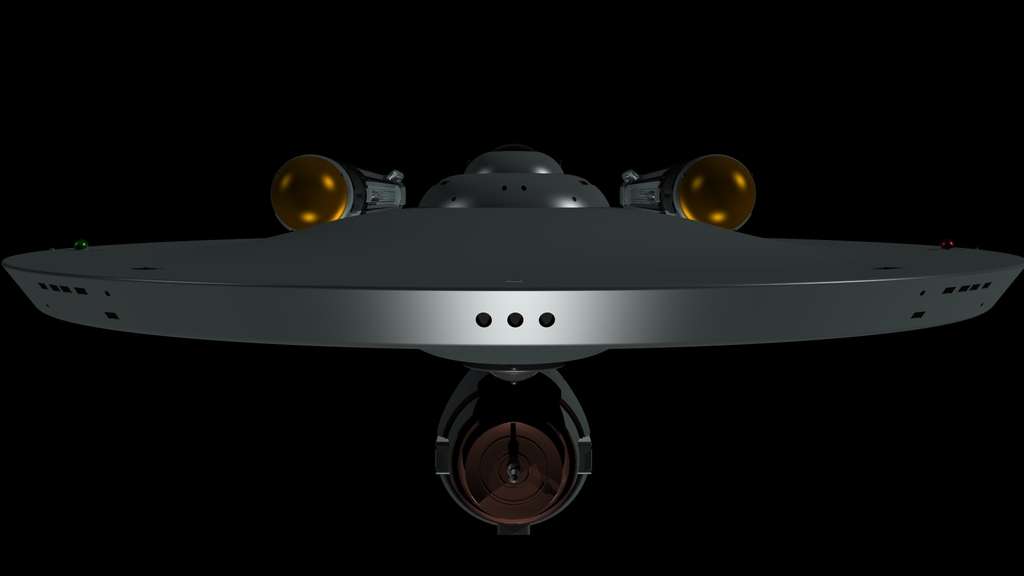Well, yes and no... that's sort of like saying "the part that propels a rocket engine is the thrust cone." Or that "the point where the transmission links to the drive shaft is the part of your car's engine which creates propulsion."Its great to see some new pics of this project, it really helps to make the E feel "real" with this level of detail.
I went back and re-read your explanation of the interaction of the various engine components (page 15). I didn't really twig until these new images came up, but it seems that most of the nacelle is to do with prepping and focusing the M/AM, and all the work of generating a warp field is done by the (relatively) small sphere at the aft end. Am I correct?
The aft dome is the principal "MOTIVE" component, but it's totally useless without the rest of the system.
Also, please re-read my comments, above, quoted (by myself) from the CRA thread. That's very relevant to this topic as well.
See, what drove me to start reconsidering the forward hemispheres was really the idea that Matt Jefferies was an aerospace engineering type, not a "rocket science" type. His ideas concerning the 1701's engines were almost entirely based upon parallels to aircraft jet engines. External nacelles (for safety and comfort purposes)... power and propulsion generated there... etc, etc. Everything seems to parallel better to jet engines than to "rocket engines" in terms of how he was looking at it.
Well, if you think of a warp nacelle as a jet-engine analogy, you realize that you need an intake and an exhaust. In this case, the nacelle is a "space/time jet engine," essentially. It's sucking in space/time at the front sphere, and pushing it out at the aft.
This is a bit of a deviation from what I've been thinking previously, but I'm gradually becoming convinced that this works better.
I've always intended to put a set of "precursor to TMP/TNG" subspace field coils along the top and bottom of the nacelle interior. Those are fed directly by the matter/antimatter reaction products (which some folks here can explain much better than I can... suffice it to say, we're not talking mass being created, we're talking about high-energy photons and some elementary-particles). The main output of the reaction system is directed into the central "axial core" of the nacelle, where it flows from fore to aft (or perhaps aft to fore?). In any case, think of the nacelle as almost a "gravitational electromagnet" which is producing a strong field along its axis (tightly contained so that the field extending beyond the axis, in the vincinity of the ship itself, is negligible) but which, eventually loops back and recirculates in the opposite end of the nacelle.
The coils are there to help stabilize and control the field. The spheres (front and back) and the core going between them are what produce the "thrust."
The four outside "feeds" from the rows of reactor cores are directed into the aft sphere so that they converge at the sphere centroid with the main feed. Adjusting the (and this is almost a euphamism when talking about things at this level)... the "heat" of the plasma streams allows the warp field to be distorted. So by directing different amounts of energy from the top two feeds into the intercoolers, you can alter the form of the warp field, allowing you to steer. Think of this as "warp thrust vectoring" to create roll or pitch maneuvers. (Interestingly, the lack of a lower set of intercoolers makes the "nose-up pitch" far easier than the "nose-down pitch" maneuver. So this could explain why we see the Enterprise "bank into turns" throughout TOS, even though there's no other - realistic - reason for it doing so.)
And by manipulating and controlling the energy flow to the forward sphere (via the "control reactor") you can tweak the "thrust output" of each nacelle (think of this as adjusting the thrust output on a dual-engine aircraft... a very effective way of controlling yaw.
Note that the "cooling" provided by these devices is minimal... just enough to create a slight distortion to the propulsive field.
Speeds would be based upon the actual reaction rate... more "fuel burnt" results in faster speeds, in other words...
Note that I'm still treating the front domes as "matter collection devices" as well... sort of. That is, the "positive gravitational" effect of the forward domes draws in space-gases (no need for a "force-field cone"... the warp field itself is the "cone!"). The gases simply don't enter the nacelle at the dome, but rather at the black ring behind the dome. Presumably, anything that's not hydrogen is simply ducted out by some heretofore-unidentified vent system (I'm leaning towards this being in the aft "s-curved" cowling... something that Deg's version lends itself to better than the precise TOS presentation did, by the way.)





